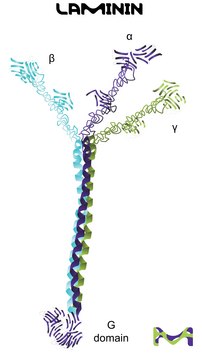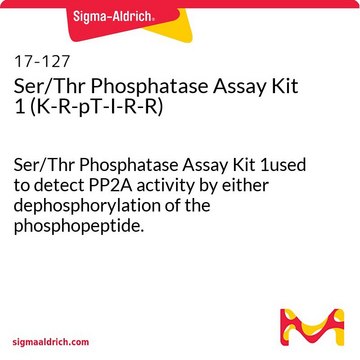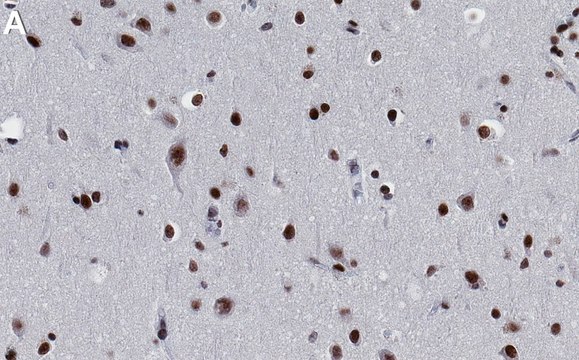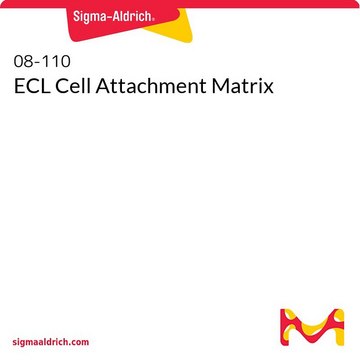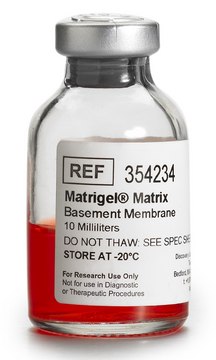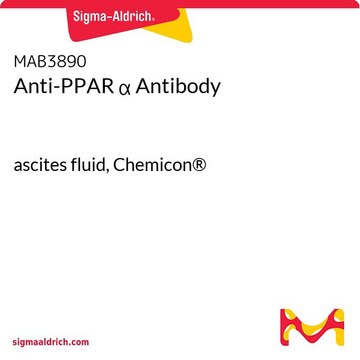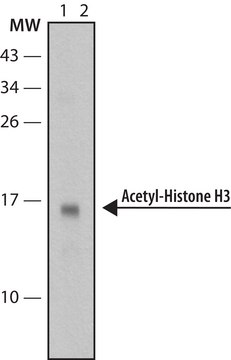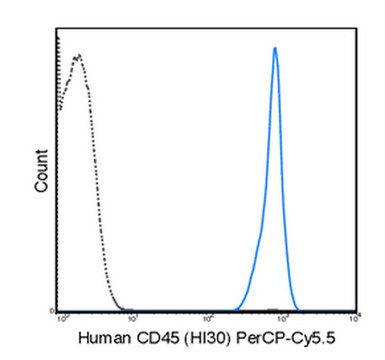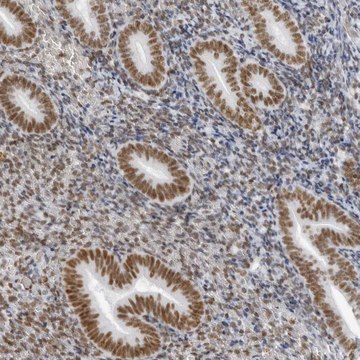一般描述
We are committed to bringing you greener alternative products, which adhere to one or more of The 12 Principles of Green Chemistry.This antibody is Preservative-free, produced without the harm or sacrifice of animals and exceptionally stable to allow for ambient shipping and storage if needed and thus aligns with "Waste Prevention", "Designing Safer Chemicals" and "Design for Energy Efficiency".
Click here for more information.
ZooMAb® antibodies represent an entirely new generation of recombinant monoclonal antibodies.
Each ZooMAb® antibody is manufactured using our proprietary recombinant expression system, purified to homogeneity, and precisely dispensed to produce robust and highly reproducible lot-to-lot consistency. Only top-performing clones are released for use by researchers. Each antibody is validated for high specificity and affinity across multiple applications, including its most commonly used application. ZooMAb® antibodies are reliably available and ready to ship when you need them.
特异性
Clone 1K3 is a ZooMAb® Rabbit recombinant monoclonal antibody that specifically detects DNA-dependent protein kinase catalytic subunit (DNA-PKcs) phosphorylated on serine 2056.
免疫原
KLH-conjugated linear peptide corresponding to 14 amino acids surrounding phosphoserine 2056 in the internal region of human DNA-dependent protein kinase catalytic subunit (DNS-PKcs).
应用
Quality Control Testing
Evaluated by Immunohistochemistry (Paraffin) in human colon tissue sections.
Immunohistochemistry (Paraffin) Analysis: A 1:100 dilution of this antibody detected phospho-DNA-PKcs-Ser2056 in human colon tissue sections.
Tested applications
Peptide Inhibition Assay: Target band detection in lysates from Jurkat cells treated with 1 mM Camptothecin (3 h) was prevented by preblocking of a representative lot with the immunogen phosphopeptide, but not the corresponding non-phosphopeptide.
Western Blotting Analysis: A 1:10,000 dilution from a representative lot detected phospho-DNA-PKcs-Ser2056 in Jurkat cells treated with Campthothecin ( 1 mM; 3 h).
Affinity Binding Assay: A representative lot of this antibody bound phospho-DNA PKcs-Ser2056 with a KD of 9.3 x 10-7 in an affinity binding assay.
Immunocytochemistry Analysis: A 1:100 dilution from a representative lot detected phospho-DNA-PKcs-Ser2056 in Jurkat cells treated with Camptothecin.
Note: Actual optimal working dilutions must be determined by end user as specimens, and experimental conditions may vary with the end user
目标描述
DNA-dependent protein kinase catalytic subunit (UniProt: P78527; also known as EC:2.7.11.1, DNA-PK catalytic subunit, DNA-PKcs, DNPK1, p460) is encoded by the PRKDC (also known as HYRC, HYRC1) gene (Gene ID: 5591) in human. DNA-PK is a heterotrimeric, nuclear serine/threonine-protein kinase that consists of PRKDC and the Ku p70/YRCC6-p86/XRCC5 dimer. It is involved in cell cycle control, DNA repair, and DNA damage responses. It serves as a molecular sensor for DNA damage and is involved in DNA non-homologous end joining required for double-strand break (DSB) repair and V(D)J recombination. It may also serve as a scaffold protein to aid the localization of DNA repair proteins to the site of damage. DNA-PK is also present at the ends of chromosomes, suggesting a role in the maintenance of telomeric stability and the prevention of chromosomal end fusion. Its catalytic activity is expressed upon binding to DNA. DNA-PKcs undergoes autophosphorylation at two clusters, the Thr2609 and the Ser2056, which are DNA damage-inducible phosphorylation sites. Autophosphorylation of the Thr2609 cluster is shown to be essential for hematopoietic development and protein synthesis in erythrocytes precursors. Autophosphorylation induces a conformational change that leads to remodeling of the DNA-PK complex, which is a requisite for efficient end processing and DNA repair. Although DNA-PKcs falls into the phosphatidylinositol (PI) 3-kinase family, it does not exhibit any no detectable activity toward lipids. Deficiency of DNA-PKcs is linked to severe combined immunodeficiency characterized by reduced or absent T and B cells, recurrent candidiasis, and lower respiratory tract infections. This ZooMAb recombinant monoclonal antibody, generated by our propriety technology, offers significantly enhanced specificity, affinity, reproducibility, and stability over conventional monoclonals. (Ref.: Ma, Y., et al. (2004). Mol. Cell. 16(5); 701-713; Wechsler, T., et al. (2004). Proc. Nall. Acad. Sci. USA. 101(5); 1247-1252; Douglas, P., et al. (2002). Biochem. J. 368(1); 243-251).
外形
Purified recombinant rabbit monoclonal antibody IgG, lyophilized in PBS, 5% Trehalose, normal appearance a coarse or translucent resin. The PBS/trehalose components in the ZooMAb formulation can have the appearance of a semi-solid (bead like gel) after lyophilization. This is a normal phenomenon. Please follow the recommended reconstitution procedure in the data sheet to dissolve the semi-solid, bead-like, gel-appearing material. The resulting antibody solution is completely stable and functional as proven by full functional testing. Contains no biocide or preservatives, such as azide, or any animal by-products. Larger pack sizes provided as multiples of 25 μL.
储存及稳定性
Recommend storage of lyophilized product at 2-8°C; Before reconstitution, micro-centrifuge vials briefly to spin down material to bottom of the vial; Reconstitute each vial by adding 25 μL of filtered lab grade water or PBS; Reconstituted antibodies can be stored at 2-8°C, or -20°C for long term storage. Avoid repeated freeze-thaws.
法律信息
ZooMAb is a registered trademark of Merck KGaA, Darmstadt, Germany
免责声明
Unless otherwise stated in our catalog or other company documentation accompanying the product(s), our products are intended for research use only and are not to be used for any other purpose, which includes but is not limited to, unauthorized commercial uses, in vitro diagnostic uses, ex vivo or in vivo therapeutic uses or any type of consumption or application to humans or animals.

